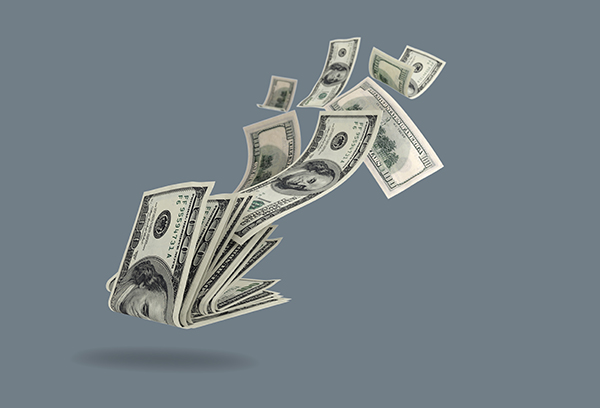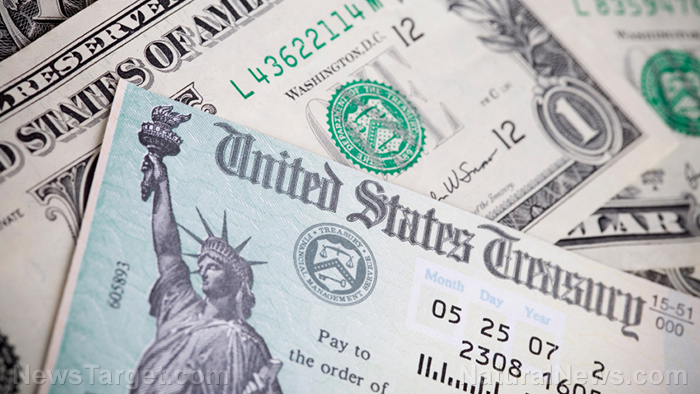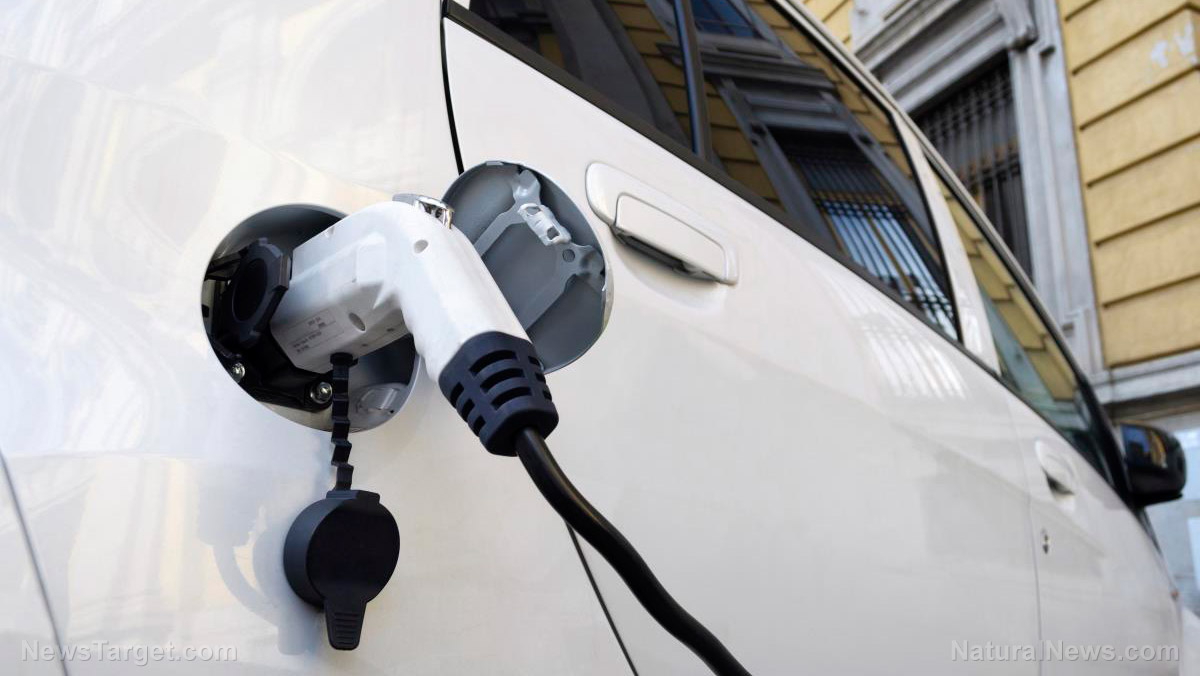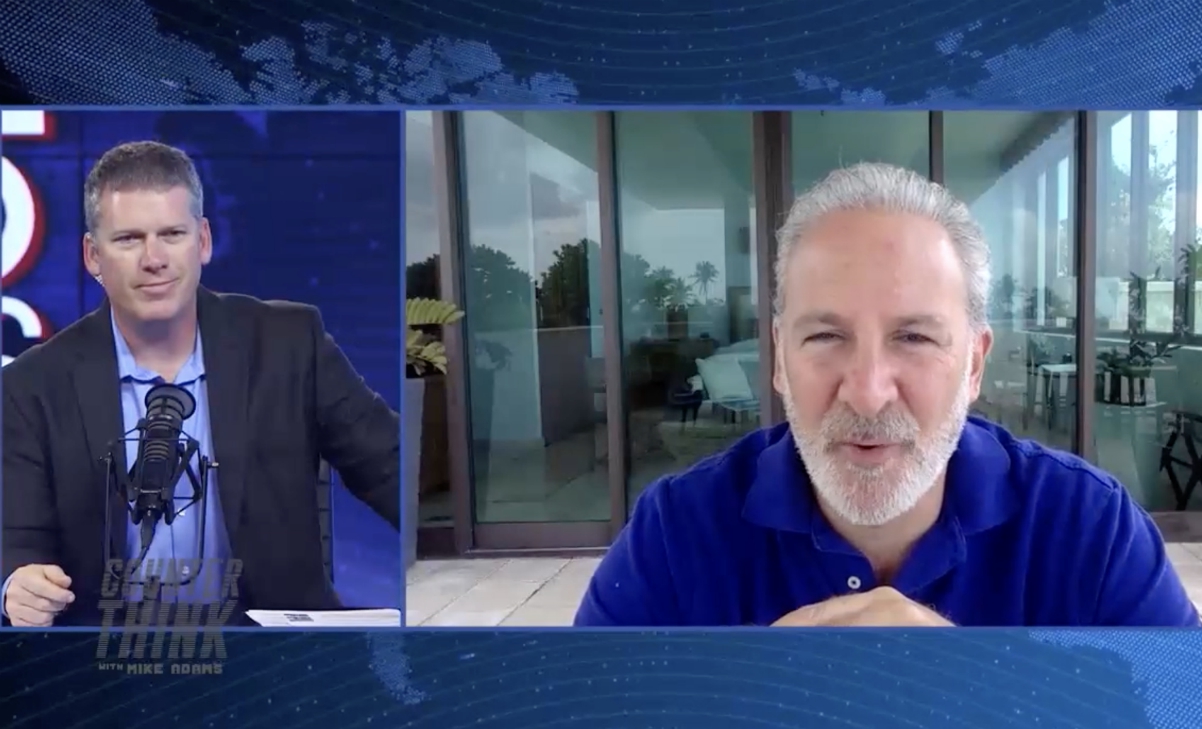New vehicle retail sales for July expected to DROP by 10.8% year-over-year
07/29/2022 / By Arsenio Toledo

The latest projections from automotive industry research and consulting firms show that new vehicle retail sales for the month of July are expected to crash by nearly 11 percent compared to the number of cars sold in the same month last year.
The forecast was made jointly by J.D. Power and LMC Automotive, which both predict that “retail sales of new vehicles this month are expected to reach 988,400 units, a 10.8 percent decrease compared with July 2021 when adjusted for selling days.” Without adjusting for selling days, year-over-year car sales would drop by 14.1 percent. (Related: RBC analysts: US car sales falling to recessionary levels.)
Total new-vehicle sales for July, including retail and non-retail transactions, are projected to reach nearly 1.16 million units, which is a 5.7 percent decrease from total new vehicle sales for July 2021. Without adjusting for the number of selling days, total new-vehicle sales decreased by 9.2 percent.
The seasonally adjusted annualized rate for total new-vehicle sales is expected to be around 13.7 million units, a decrease of around 900,000 units compared to 2021.
Economic woes, ongoing supply chain crisis causing downturn in vehicle sales
Automakers have been struggling to get back to the level of business they were dealing with before 2020, when the global supply chain disruptions began.
Since the disruptions began, the industry has had to compete for limited semiconductor chip supplies with other industries, including electronic device makers. J.D. Power and LMC Automotive believe supplies will continue to be constrained by procurement, production and distribution challenges, making it unlikely vehicle sales will improve next month.
The difficulty in procuring chips has hampered production. Thomas King, president of J.D. Power’s data and analytics division, noted that the smaller supply of new vehicles has made July the ninth consecutive month that retail inventory closes below 900,000 units. The industry is still waiting for the “anticipated improvements” in vehicle production.
“The industry sales pace is simply a function of the number of vehicles being delivered to dealers each month, with a large portion of those vehicles being sold before they arrive at the dealership,” wrote King. “This month, 55 percent of vehicles will be sold within 10 days of arriving at a dealership, while the average number of days a new vehicle is in a dealer’s possession before being sold is on pace to be 19 days – down from 29 days a year ago.”
King also noted that the supply constraint in the automobile industry has had the unintended effect of making dealerships more profitable and transaction prices reach near-record highs.
“For July, new-vehicle prices continue to hover near record levels, with the average transaction price expected to reach $45,869 – a 12.3 percent increase from a year ago – the second highest on record,” noted King. “Consequently, even though the sales pace is down 10.8 percent year-over-year, consumers will still spend nearly $45.3 billion on new vehicles this month, the second-highest level ever for the month of July but slightly down 3.5 percent from July 2021 due to the reduced sales volume.”
J.D. Power and LMC Automotive expect global auto sales volume for this year to decline by 0.8 percent to 80.8 million units.
Learn more about the state of the American economy at MarketCrash.news.
Watch this episode of the “Health Ranger Report” as Health Ranger Mike Adams talks about how the coming Federal Reserve rate hike will cause economic activity to plummet.
This video is from the Health Ranger Report channel on Brighteon.com.
More related stories:
American workers have lost $3,400 in yearly income due to unrelenting inflation.
Inflation relief stimulus checks handed out by states could fuel even more inflation.
Jobless claims surge to highest level in 6 months as employers cut jobs due to weakening economy.
US household wealth drops for first time since Q1 2020.
Sources include:
Submit a correction >>
Tagged Under:
automobile industry, Bubble, car sales, cars, economic collapse, economics, economy, market crash, products, recession, risk, supply chain, transportation, vehicle sales
This article may contain statements that reflect the opinion of the author
RECENT NEWS & ARTICLES
COPYRIGHT © 2017 NATIONAL DEBT NEWS





















